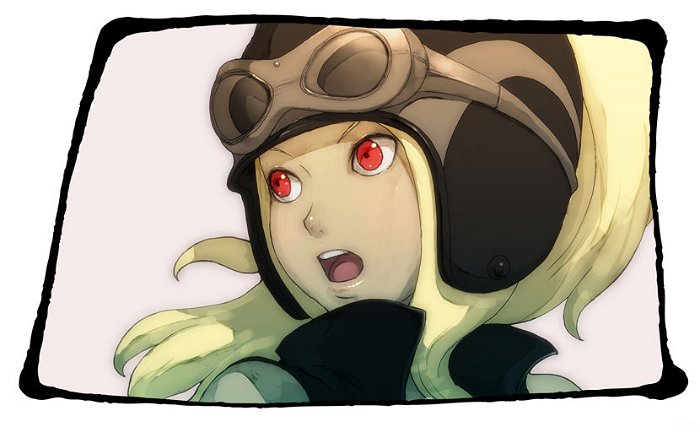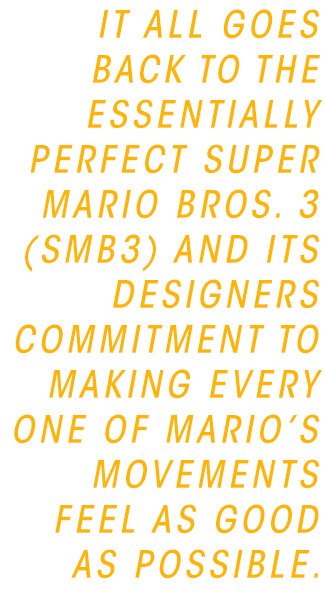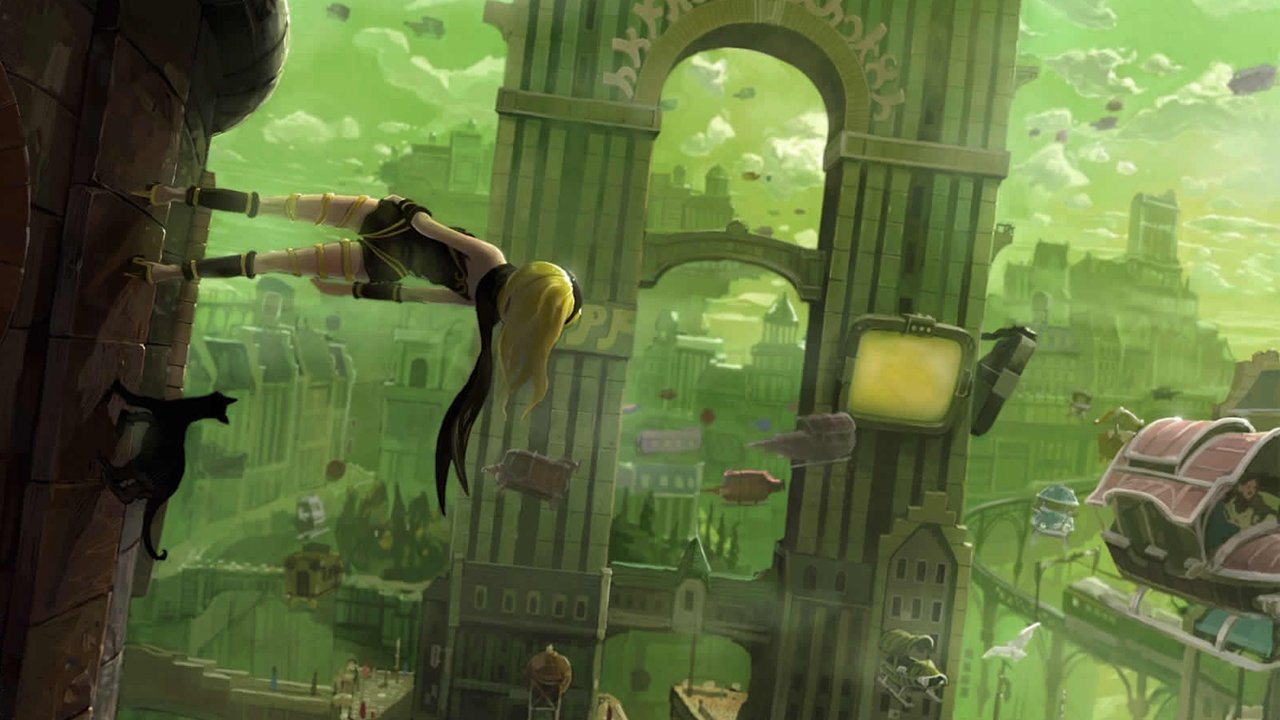Sony’s PlayStation Vita hasn’t exactly benefitted from a wealth of great games so far.
Though it nicely improves the resolution and controls of PlayStation Portable titles, has provided great console ports of Mortal Kombat and Rayman Origins and offered up one or two worthwhile diversions like Uncharted: Golden Abyss there really isn’t too much quality Vita software yet.
The launch of Gravity Rush, the first really solid Vita exclusive, looks to change this by offering up a game that is as inventive as it is uniquely suited to the portable’s feature set.
 Yes, the story is a bit of a mess — awkwardly paced and deliberately vague (in obvious hopes of continuing on into sequels) — and the combat isn’t much fun, but the presentation is fantastic. The setting, visuals and music are all imaginative and unified enough to create a faux-interwar France that enjoyably frames the lengthy campaign. The element that makes Gravity Rush truly worthwhile, though, is the simplest one: the joy of moving its protagonist Kat through the fictional world of Hekseville.
Yes, the story is a bit of a mess — awkwardly paced and deliberately vague (in obvious hopes of continuing on into sequels) — and the combat isn’t much fun, but the presentation is fantastic. The setting, visuals and music are all imaginative and unified enough to create a faux-interwar France that enjoyably frames the lengthy campaign. The element that makes Gravity Rush truly worthwhile, though, is the simplest one: the joy of moving its protagonist Kat through the fictional world of Hekseville.
After Kat meets the mysterious starry-coated cat Dusty she learns that she’s able to shift gravity. This power allows her to change natural laws of physics on command, giving her the ability to fall toward the sides of buildings, hang upside down from the underside of bridges and, as the player upgrades her skill set, whiz through the city like a kind of magnetized Superman.
It’s all a tremendous amount of fun to play around with and improves greatly on what could have been a relatively lacklustre game. The main story missions aren’t too interesting, mostly tasking the player with defeating waves of enemies or running fetch quests for non-playable characters, but just moving through the city collecting gems and improving Kat’s abilities is a blast.
 The attention to control and movement paid by the game’s developers, SCE Japan Studio (or Project Siren), is something that puts Gravity Rush into a short list of videogames that endear themselves through their attention to movement. It all goes back to (the essentially perfect) Super Mario Bros. 3 (SMB3) and its designers commitment to making every one of Mario’s movements feel as good as possible. The sense of momentum in running, jumping or the pitch perfect airplane lift-off of flying with the Tanooki suit made the Nintendo title a classic, still as fun to play today as it was upon release.
The attention to control and movement paid by the game’s developers, SCE Japan Studio (or Project Siren), is something that puts Gravity Rush into a short list of videogames that endear themselves through their attention to movement. It all goes back to (the essentially perfect) Super Mario Bros. 3 (SMB3) and its designers commitment to making every one of Mario’s movements feel as good as possible. The sense of momentum in running, jumping or the pitch perfect airplane lift-off of flying with the Tanooki suit made the Nintendo title a classic, still as fun to play today as it was upon release.
SMB3 set a standard for precision movement that few developers seem to fully understand. The colourful levels, challenging platforming and fantastic music all acted as powerful influence to subsequent videogames, but, without the same sublime feel of controlling a character like Mario in SMB3, these elements aren’t nearly as impressive. Providing players with a character and set of mechanics that are so eminently fun to use improves nearly any game. This shouldn’t be too surprising. More than a gripping story, imaginative world or excellent production values, the player will always have their moment-by-moment impressions of a videogame coloured mostly by how movement itself feels.
Sucker Punch’s Infamous games understand movement, Cole handling responsively when running and jumping and his power upgrades mostly focusing on making freeform exploration as enjoyable as possible (hookshot lightning bolts, short term flight, etc.). Early Tony Hawk games worked this way, too, the series emphasizing fluid jumping, rail grinding and snappy combo animations to make every moment spent in the game as fun as possible.
Gravity Rush is a good game because of elements just like these. Kat, like Cole and Mario, runs at a fast clip, is quick to slow to a halt, turn or jump from place to place. Her gravity powers — the flight and perspective shifting mechanics — add on top of these fundamental designs and combine to form gameplay that picks up the slack of the weak mission and narrative. The player is invited to pick up their Vita and either sink a couple of hours into the story missions or simply explore the city for a handful of minutes. Either approach is equally valid and equally enjoyable, something that makes Gravity Rush imminently suited to a portable system and the kind of title that the system desperately needs.
***
Reid McCarter is a writer, editor and musician living and working in Toronto. He has written for sites and magazines including Kill Screen, The Escapist and C&G Magazine. He founded, writes and edits the videogame blog digitallovechild.com and is Twitter-ready @reidmccarter.




